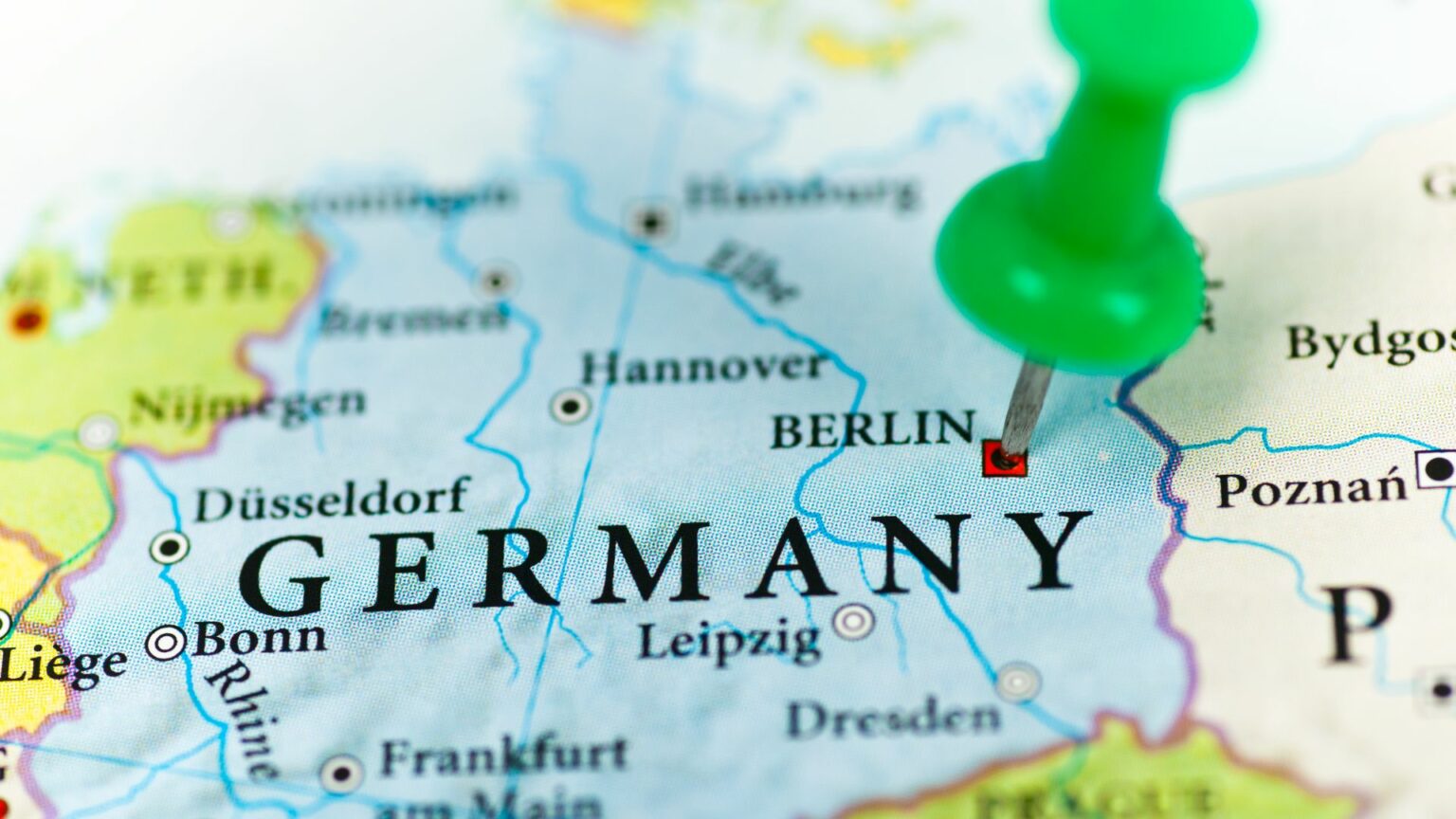Germany is considering the innovative use of direct reduced iron (DRI) to produce hydrogen for its backup power plants, as suggested by a report from Norwegian consultancy DNV commissioned by the Climate Neutrality Foundation.
This “Iron-to-Hydrogen” method presents a potentially cost-effective and safe approach for generating green hydrogen, which is crucial for Germany’s energy strategy.
Rather than relying on pipeline imports from neighboring countries, the report emphasizes three main pathways: domestic electrolyser production, the innovative iron-to-hydrogen method, and importing hydrogen through ammonia as a carrier. The idea is that countries with favorable renewable energy conditions will produce DRI, which can then be shipped to Germany. Once in Germany, the DRI can be treated with heat, water, and a catalyst to release hydrogen for electricity generation. This technology still requires further development but is viewed as potentially the most cost-effective among the options reviewed.
While the iron-to-hydrogen method shows promise in terms of cost, its energy efficiency is lower compared to other green hydrogen production methods within Germany. To supply 10 terawatt hours (TWh) to the German grid annually, the supplier country must generate nearly 60 TWh. This results in a total energy efficiency of 17 percent, compared to 31 percent for domestic production and 19 percent for ammonia imports. The energy loss occurs in several stages: hydrogen production, DRI production, transportation, reconversion, and power generation.





